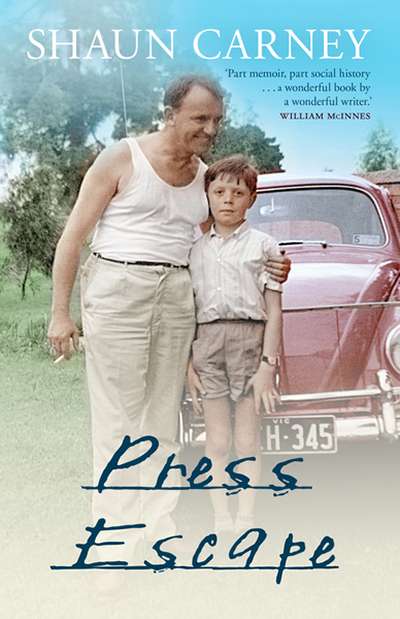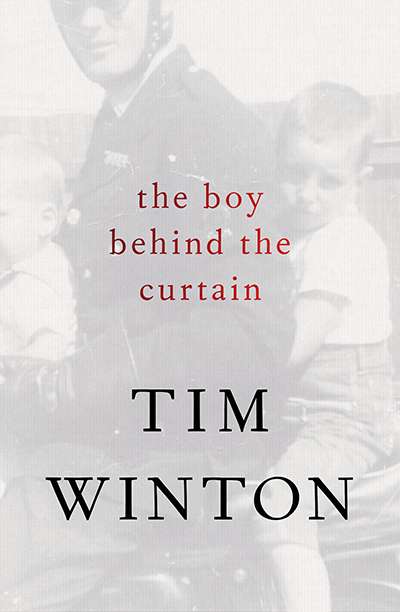Memoir
Bob Ellis: In his own words by Bob Ellis, compiled by Anne Brooksbank
by Jan McGuinness •
Freeing Peter: How an ordinary family fought an extraordinary battle by Juris Greste et al.
by Kate Ryan •
Saved to Remember: Raoul Wallenberg, Budapest 1944 and after by Frank Vajda
by Agnes Nieuwenhuizen •
The Hate Race by Maxine Beneba Clarke & Carrying the World by Maxine Beneba Clarke
by Catherine Noske •
Lonely City: Adventures in the art of being alone by Olivia Laing
by Alexandra Mathew •
Position Doubtful: Mapping landscapes and memories by Kim Mahood
by Michael Winkler •










